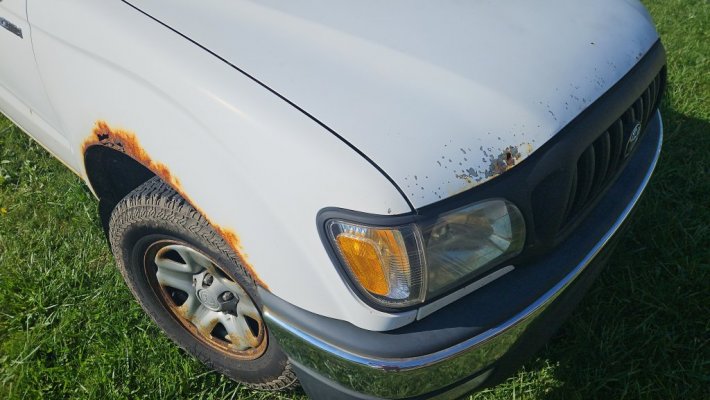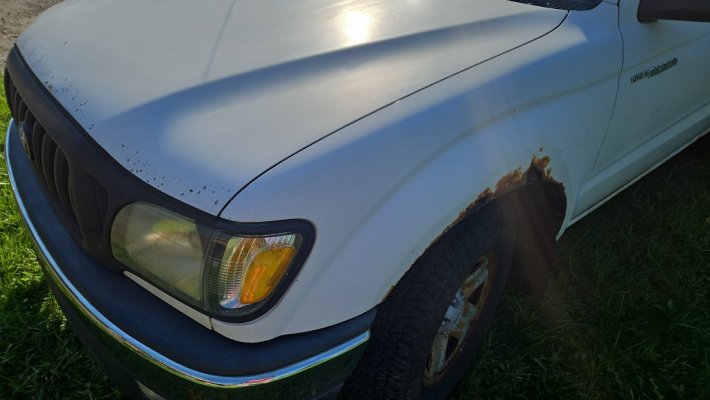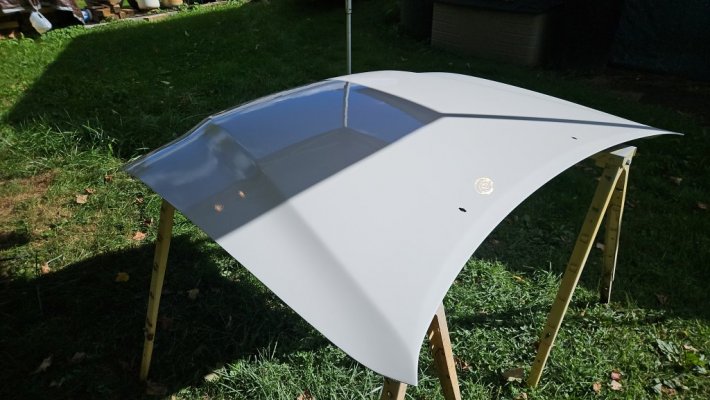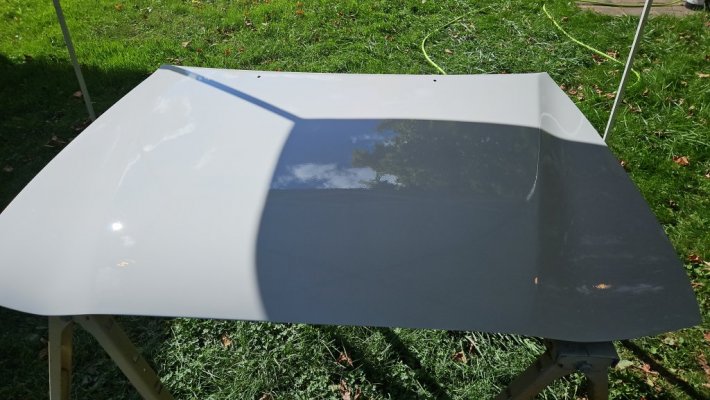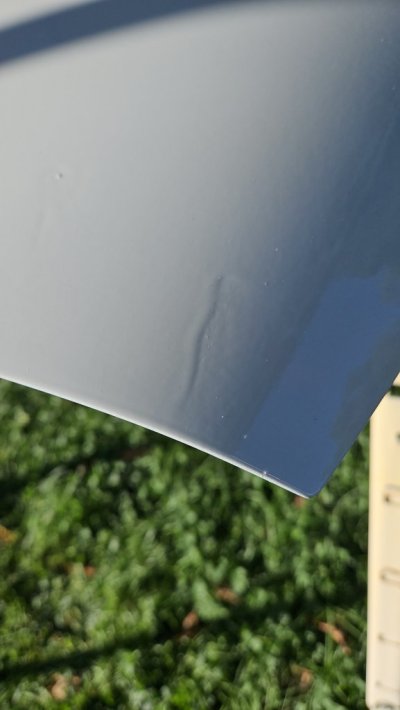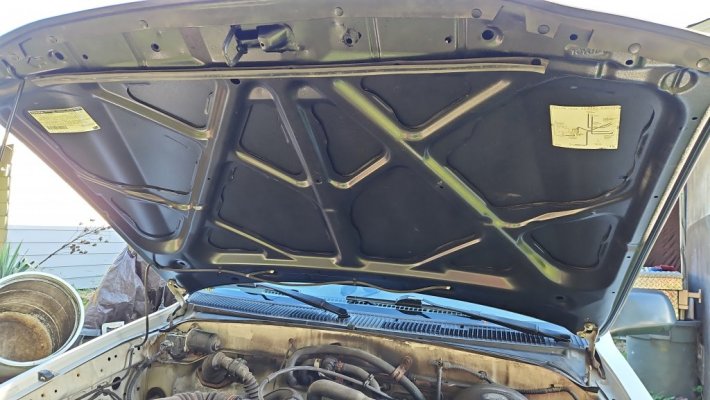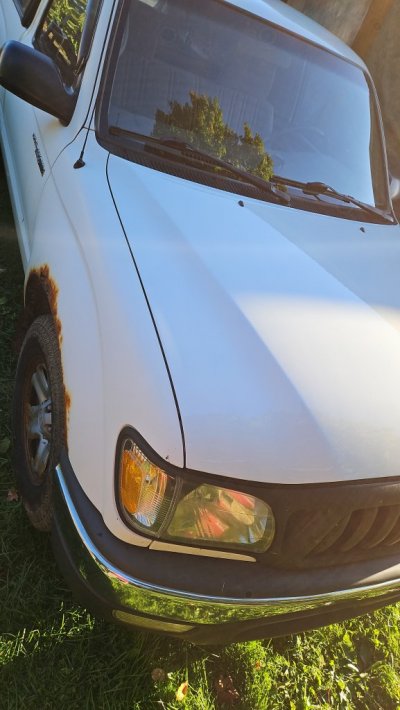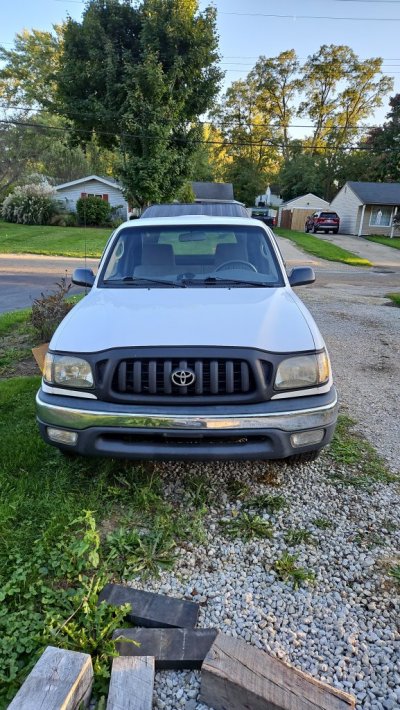ok, ppg primers were non sanding epoxies down first then sanding primer over that then any filler on that. non sanding usually means it will "ball" up under sand paper but you can get by with scotchbrite if you clean it out after a few swipes usually to get some trash out before the sandable primer goes down the epoxy primer is always the glue for everything on top. most driveway paint jobs will take 30% more paint because of the waste in getting bugs and other trash out. always go off the edge a ways to make sure the edges are covered and go 90* to the pass below. I always paint the edges first because the corners and edges always will have less paint left after blowing the paint on them. start in the middle and work out, and hang your panels upright to avoid bugs landing on them. also a fenfer painted laying flat will look different than the side panel on the body just because the paint lays on different. non-sanding epoxy can also be used as a sealer if it is thinned just before the top coat goes on. a sealer coat is used to make sure all the work under it is covered and a smoother top coat will be the outcome. in the reality car builds it shows some celebrity painters painting the sides before the top, that seems so backwards to me. try leaning over a freshly painted door to paint a roof and not dragging either the hose or your beer belly against the fresh paint. urethanes dont have the overspray that poly paints or what used to be enamels did. I will say that i possibly got irregular heartbeat and maybe some lung damage from not wearing my facemask enough but most of my painting was outside. Once while working for a friend parttime in a fab shop I painted some m&m mars blue frames and when I got home my leather embossed belt had blue enamel with hardner on the backside all the way around. 20years later its still there. I'm thinking I probably did inhale some of that even though I was wearing a paint mask with a disposible filter, hell I was even blue in the corners of my nose and on my eyelids, it was not a good paint booth. that was commercial enamel with hardner which stays tacky much longer than urethanes but might be safer for the diyer. I learned to paint in a factory that made lifetime filling stations in the 60's. they were steel covered porcelain. it was on a overhead conveyor system that circled through a oven constantly moving. the paint was powdered glass mixed with water coming out of 80 gallon roll around pressurized tanks. the panels got a black undercoat first then later they got a colorcoat. one guy on the back which was me and the two more experienced painters on the front, the back has the same sides as the front so you gotta be pretty organized and fast to keep up. I started out taking the panels off out of the oven and stacking them on buggies then graduated to the mill room where we mixed the porcelain the shift before it was used. I painted on 2nd and 3rd shift, that was a long long time ago.


